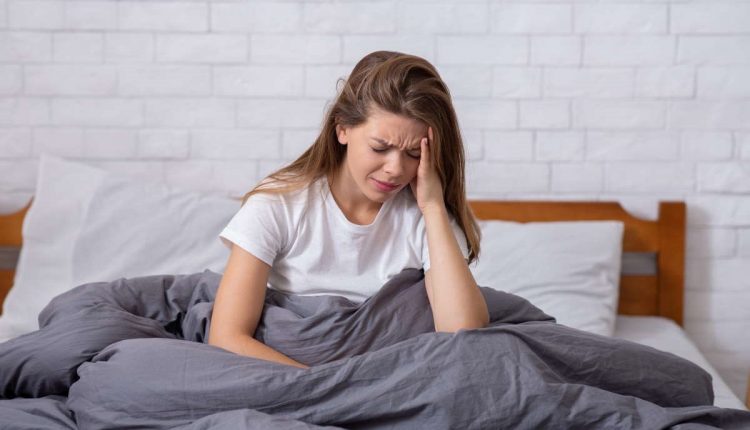
What insomnia do you suffer from? The five most frequent complaints under the covers
Insomnia, there is not just one type: there are those who struggle with hypersomnias and those who have to deal with parasomnias
The most frequent disorder in those who cannot sleep soundly seems, however, to be chronic insomnia, which mainly affects women and is often linked to states of anxiety and stress.
In Italy, it is estimated that 12 million people have sleep disorders.
According to the experts of the World Association of Sleep Medicine, which organised the recent awareness day on insomnia, here are the most recurrent problems:
1) Hypersomnia: this is a disorder that affects those who sleep too much or tend to fall asleep during the day.
It is the opposite of insomnia, but can create great difficulties, as it manifests itself with a manifest and prolonged sleepiness of the individual, associated with difficulty not only in waking up, but also in staying awake during moments of daily life such as lunch or a conversation.
It affects 5% of the population and, among its symptoms, has irritation, hallucinations, memory loss, disorientation and anxiety, as well as a constant sense of physical and mental fatigue.
2) Parasonnia: this is the classic somnambulism, which affects 3-4% of the child population and tends to disappear with growth.
If the episodes occur infrequently, there is no need to worry, but if they are more frequent (one case or more every 6 months), it is a good idea to consult a specialist.
3) Hypnic myoclonia or ‘restless leg syndrome’: 2% of the population, especially women, suffer from this. It occurs when one feels small muscle spasms, with constant frequency (every 30-40 seconds), accompanied by tingling in the lower limbs.
These are not the classic jerking movements that can affect everyone at the time of falling asleep and are not considered sleep disorders: in the case of ‘restless legs’, the jerks occur during sleep, are felt unconsciously, but break the regularity of sleep itself and leave a sense of tiredness in the morning.
4) Chronic insomnia: affects mainly the female population and in 50% of cases is a disorder linked to states of anxiety and stress, or depression.
To solve the problem, people often rely on sedative drugs, but these do not act on the causes of the disorder. Instead, they should consult a specialist, who can recommend a therapy that acts on dopamine, the neuromediator capable of creating particular mental states.
5) Morphic obstructive sleep apnoea: this is the classic disorder that manifests itself with snoring and is due to the narrowing of the first airways.
Men suffer from it more (4% as opposed to 2% of women), although with the menopause the differences tend to diminish.
It prevents prolonged and peaceful sleep and causes reduced oxygenation of the heart and brain.
A number of physical characteristics, such as being overweight, smoking, a smaller jaw, inflamed or large tonsils or a particularly squat neck shape, may favour this disorder.
Read Also:
Emergency Live Even More…Live: Download The New Free App Of Your Newspaper For IOS And Android
Obstructive Sleep Apnoea: What It Is And How To Treat It
Grinding Your Teeth While You Sleep: Symptoms And Remedies For Bruxism
Long Covid And Insomnia: ‘Sleep Disturbances And Fatigue After Infection’
Sleep Disorders: The Signs Not To Be Underestimated
Sleepwalking: What It Is, What Symptoms It Has And How To Treat It
What Are The Causes Of Sleepwalking?
Obstructive Sleep Apnoea: Symptoms And Treatment For Obstructive Sleep Apnoea



